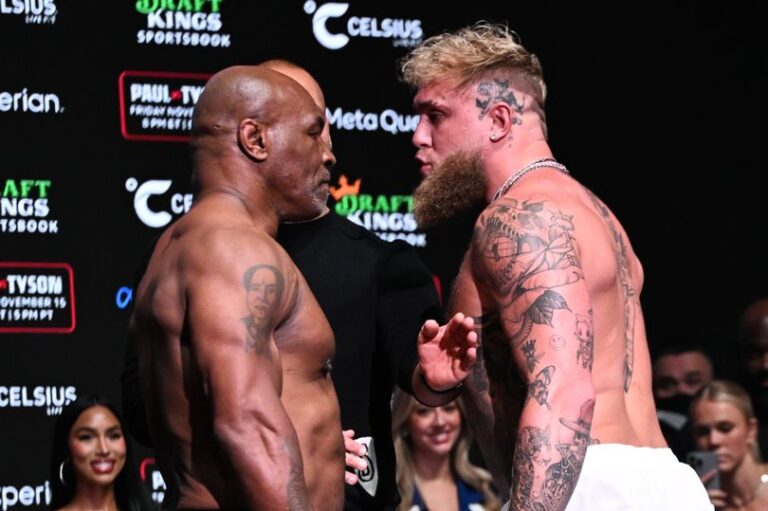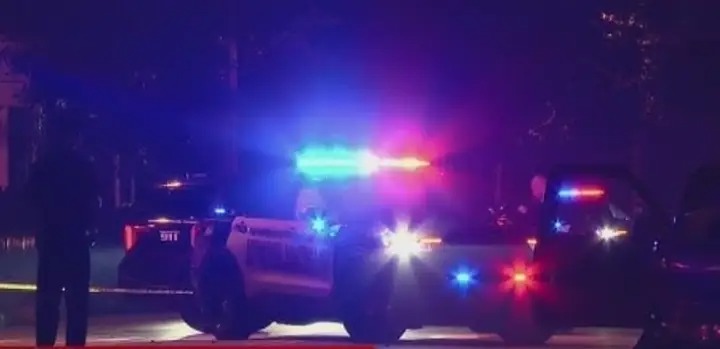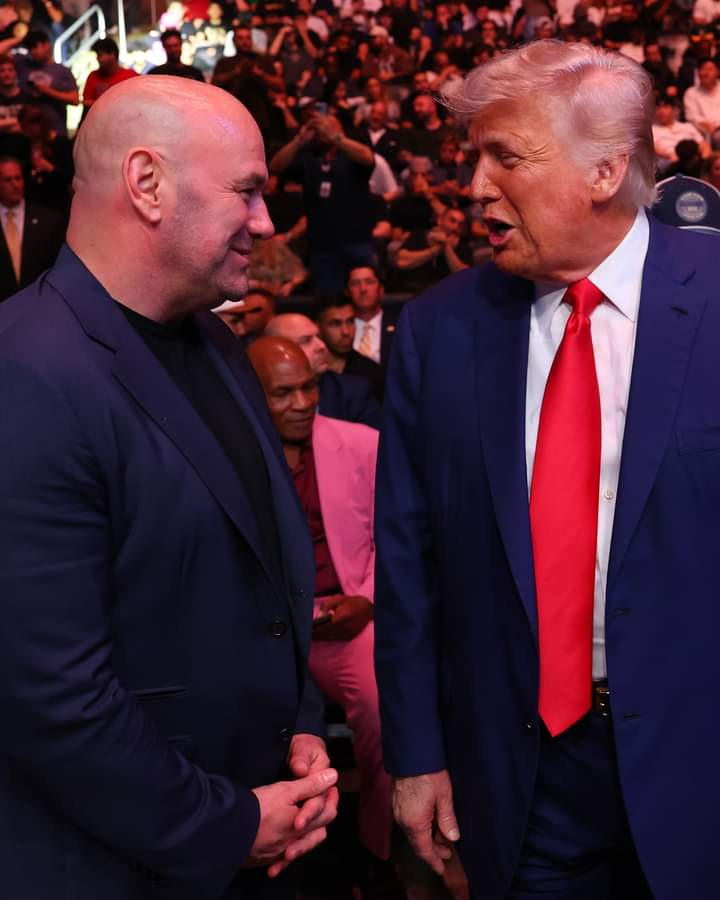The legal representative for Karmelo Anthony, the 17-year-old facing charges in connection with Austin Metcalf’s death, is preparing to request a reduction in his client’s $1 million bond. The defense is expected to argue that the current amount is excessively high, particularly given the defendant’s age and circumstances. This move comes as the case continues to draw attention, with supporters and critics closely watching how the judicial system handles the sensitive matter. The lawyer’s strategy may involve highlighting factors such as Anthony’s lack of prior criminal history or ties to the community in an effort to persuade the court to reconsider the bond terms.
Legal experts suggest that bond reduction requests are not uncommon, especially in cases involving juvenile defendants, where the court often weighs rehabilitation potential alongside public safety concerns. However, given the severity of the charges—first-degree murder—prosecutors are likely to oppose any leniency, emphasizing the gravity of the crime and its impact on the victim’s family. The judge’s decision will hinge on multiple factors, including flight risk, community safety, and the strength of the evidence presented thus far. This hearing could set a pivotal tone for the remainder of the proceedings.
Meanwhile, the case has sparked broader discussions about juvenile justice reform, with advocates questioning whether such high bonds for young defendants align with principles of fairness and rehabilitation. Critics argue that excessive bail amounts disproportionately affect low-income families, effectively detaining individuals before trial based on financial means rather than objective risk assessments. On the other hand, some community members insist that the bond is justified, citing the need for accountability given the violent nature of the alleged offense. The debate reflects deeper societal tensions over how the legal system should balance punishment with second chances.
As the court date approaches, both legal teams are expected to present compelling arguments, with the defense likely focusing on Anthony’s background and the prosecution underscoring the need for stringent measures. The outcome could influence similar cases in the future, particularly those involving minors accused of serious crimes. Observers will also be watching to see whether the judge considers alternative arrangements, such as electronic monitoring or house arrest, as a middle-ground solution. Whatever the ruling, it will undoubtedly have lasting implications for all parties involved.
Beyond the courtroom, the tragedy has left a lasting mark on the community, reigniting conversations about youth violence and the factors that lead to such devastating outcomes. While the legal process unfolds, Austin Metcalf’s family and friends continue to mourn their loss, seeking justice and closure. At the same time, Anthony’s supporters hope for a fair trial that takes his youth and circumstances into account. The case serves as a somber reminder of the far-reaching consequences of violent crime—and the complex interplay between justice, mercy, and societal responsibility.






